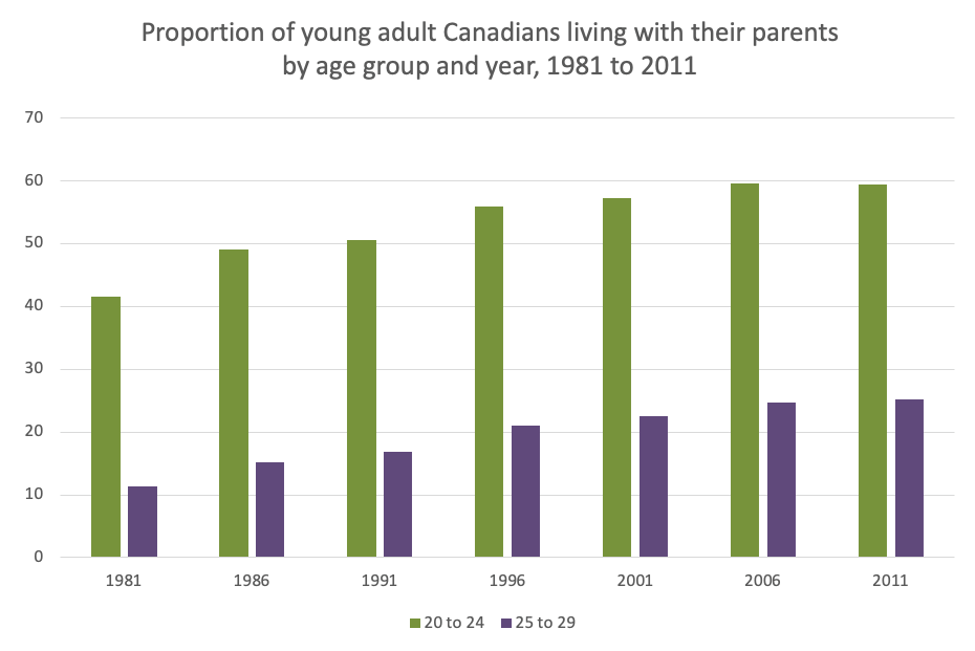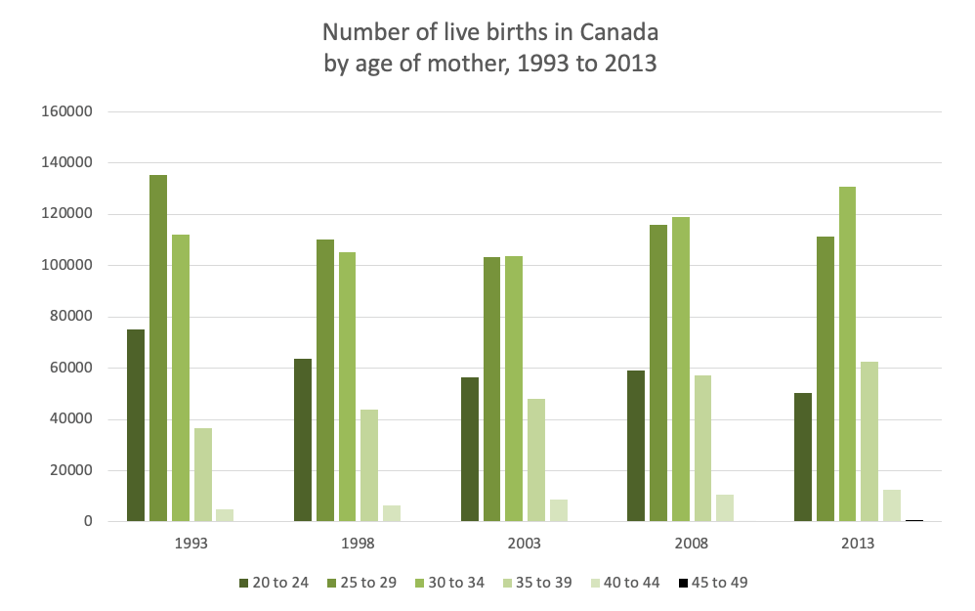“Child of the marriage” means a child of two spouses or former spouses who, at the material time … is the age of majority or over and under their charge but unable, by reason of illness, disability or other cause, to withdraw from their charge or to obtain the necessities of life.
I continue to be amazed by the speed with which judicial interpretation of family law statutes evolves, and how that evolution undermines what little certainty those statutes provide to separating parents. Once upon a time, questions about the entitlement of adult children to benefit from the ongoing payment of child support under the Divorce Act generally called for a fairly straightforward analysis, despite a smattering of pre- and post-Guidelines cases to the contrary. Is the child in full-time attendance at a post-secondary institution aimed toward a remunerative career? No? Alright then, does the child suffer from an illness or disability of such gravity that they are unable to be or become self-sufficient? No? Well then, I’m sorry but that’s it for support.
The law, of course, evolved from that earlier, rather parsimonious, position rather quickly. The requirement that the course of study be aimed at a sensible career was the first to go, a boon to those of us who had foolishly chosen to study philosophy, and was followed in short order by the requirement that the child be enrolled on full-time basis and by the limitation of support to the number of years minimally required to complete the child’s chosen academic program. Entitlement was next extended to children taking a gap year or two after high school, to those who had interrupted a program of study to work or travel, and then to those with merely a reasonable plan to continue their post-secondary education at some point in the future.
The recent Alberta Court of Queen’s Bench decision in K.M.R. v I.W.R., 2020 ABQB 77 highlights developments in the law further expanding entitlement under the nebulous idea of “other cause,” that continue to undermine the formerly robust presumption that children over the age of majority have no right to child support (see, for example, Geran v Geran, 2011 SKCA 55 or Szitas v Szitas, 2012 ONSC 1548). In this case, the child lived with the payor but changed homes to live with the recipient two years after reaching the age of majority, and continued to live with the recipient until the time of the hearing, when he was 22 years old. The recipient argued that the child, who was unemployed and had dropped out of university a few months before moving in with her, continued to be entitled to child support on the basis of undiagnosed mental health disorder.
Although the eminent trial judge Justice Rodney Jerke held that:
“[36] Absent a medical diagnosis and medical evidence substantiating [the recipient’s] claim that [the child] suffers from anxiety, post-traumatic stress disorder and/or another mental illness, and more importantly, absent any medical evidence that his anxiety or a mental illness significantly impairs his ability to return to university or to obtain full-time employment, Canadian case law does not support a finding that [the child] is not able to withdraw from his parents’ charge or to acquire ‘the necessaries of life’, whether on account of an illness, disability or ‘other cause.’ …”
he nevertheless undertook a review of other potential grounds of continuing entitlement, noting trial and appellate authority supporting the proposition that the phrase “other cause” in the Divorce Act’s definition of “child of the marriage” is to be interpreted broadly (see Baker v Baker, (1994) 2 RFL (4th) 147 (ABQB), Gamache v Gamache, 1999 ABQB 313 and Olson v Olson, 2003 ABCA 56). The smattering of cases I mentioned earlier has its roots in this approach to the definition, and deserves a closer look before I return to K.M.R.
In Gamache, the court observed that while parents do not “have an indefinite obligation to support a child who is attending school or is unemployed or underemployed,” parents do have an obligation to support adult children who are unable to provide for themselves through “a reasonable transition period.” In Weir v Weir, (1986) 1 RFL (3d) 438 (BCSC), the court held that dependence arising from a “poor job market” qualified adult children for support, a conclusion that was expanded in Bruehler v Bruehler, (1985) 49 RFL (2d) 44 (BCCA) to include “a state of [economic] depression in a province.” In Smith v Smith, (1987) 12 RFL (3d) 50 (BCSC), the court held that a 20-year-old unemployed high school dropout with aspirations of a career in modeling continued to qualify as a child of the marriage, because of a “somewhat depressed economy.”
These and other decisions led Justice Jerke to suggest that “it may be that the Courts are recognizing a broader social reality as concerns the concept of ‘child of the marriage’,” and cite the judgment in Brear v Brear, 2019 ABCA 419 in strong support of this conclusion:
“[51] There are few children, whether or not from separated or divorced families, who are economically self-sufficient on their 18th or 19th birthday or in the month they complete high school. But unless a child is entering post-secondary studies, the common reality is child support obligations of the payor parent often cease on or close to these dates. …
“[52] Indeed, Statistics Canada census data shows that while more young adults may be moving back home than in the past, an even greater proportion are staying in their parents’ home longer. The percentage of young adults aged 20 to 34 living with at least one parent increased from 33.1% in 2006 to 34.7% in 2016. For those aged 20 to 24, the proportion ‘co-residing’ with their parents rose from 58.3% in 2001 to 62.6% in 2016. For those aged 20 to 24 and living with their parents in 2011, 69% reported they had never left their parents’ home.”
While Weir, Bruehler and Smith focused on economic conditions, Brear takes note of the contemporary trend toward delayed maturation, and the delayed independence which logically follows. According to Statistics Canada, the number of 20- to 24-years-olds still living with a parent climbed by almost 20% between 1981 and 2011, while the number of 25- to 29-year-olds living with a parent climbed by about 15%:

Likewise, the number of women having children generally decreased in the age 20 to 29 group between 1993 and 2013, but increased dramatically in the age 35 to 44 group:

Although Justice Jerke ultimately held that the child in K.M.R. ceased to qualify as a child of the marriage –
“[44] … there is no evidence that the current social and economic conditions are depressed to such an extent that [the child] could not have obtained full-time employment, in Alberta or elsewhere, during the last two years. It is not impossible to find a job in Alberta without a university or college degree. The conditions could justify a reasonable transitionary period of child support after [the child] eased attending university full-time. But, on the evidence here it is clear that [the child] has made no efforts to find full-time employment, or even any employment, since he finished his first year of university… This is not a situation where an adult child tried to find a fulltime job, but it took him or her several months to do so. [The child] has not tried at all.”
– his review of the case law suggests a softening in trial courts’ approach to adult children and somewhat of an assault on the proposition expressed in D.B.S. v S.R.G., 2006 SCC 37 that:
“[89] … An adult, i.e., one who is over the age of majority and is not dependent, is not the type of person for whom Parliament envisioned child support orders being made. … Child support is for children of the marriage, not adults who used to have that status.”
As the court commented in Brear, “How does this policy consideration align with the social reality that children’s economic self-sufficiency is delayed and one parent faces a disproportionate financial burden? Respectfully, it does not.”
The “broader social reality” Justice Jerke references includes not just depressed economic circumstances and the acknowledgment of a sometimes necessary transition period between emancipation and independence, but the overall delay in maturation of today’s young adults demonstrated by the increasing number of adult children who live at home, the increasing age of women having children and the increasing age of people’s first marriage, to say nothing of the decreasing value of undergraduate degrees, and the corresponding growth in post-graduate enrolment.
If these demographic trends continue, I expect that the presumption against the entitlement of adult children to support expressed in Geran and Szitas will continue to erode. Counsel should no longer leap to the conclusion that adult children who are neither disabled nor in enrolled in post-secondary studies cease to qualify as “children of the marriage,” but pursue a deeper contextual inquiry into the reasons why a child is unable to withdraw from their parents’ charge or obtain the necessities of life.
John-Paul E. Boyd Q.C., is principal of John-Paul Boyd Arbitration Chambers and counsel to Wise Schieble Barkauskas.









